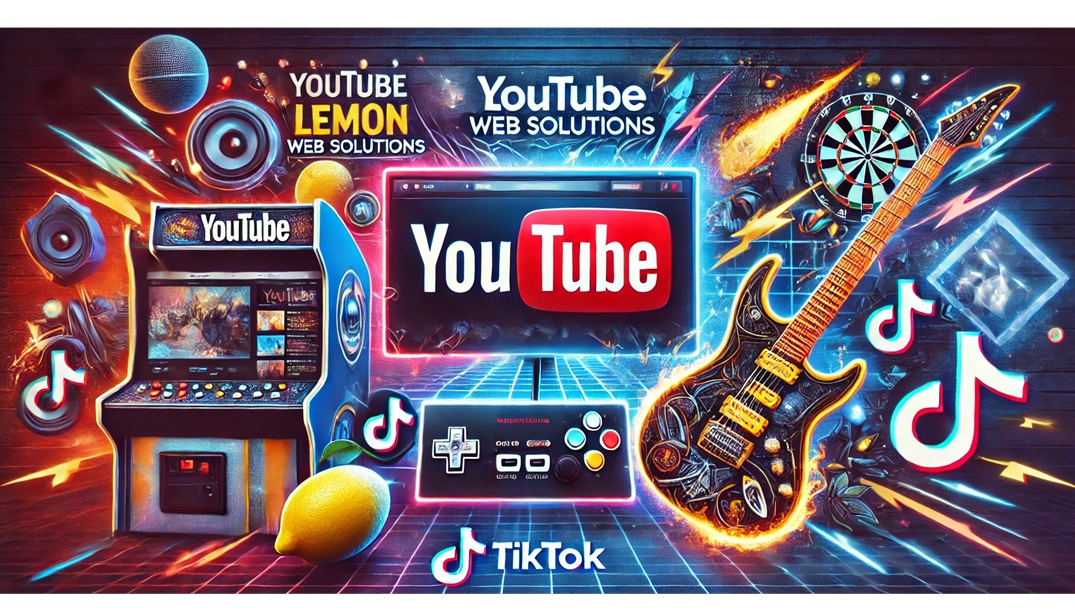So, something a little unexpected happened recently on my YouTube journey — one of my videos got flagged and removed for violating YouTube's Community Guidelines. Yep, I got a warning. While it wasn't a full strike, it still shook things up and taught me a valuable lesson, especially when dealing with content that touches on licensing and media rights.
Let me walk you through what happened, what I suspect caused it, and how I handled it — just in case you're ever in the same boat.
What Triggered the Warning?
The video in question was part of my coverage on Malaysian TV apps. It was meant to be an informative walkthrough for viewers interested in streaming local content conveniently. But one of the apps I featured — I believe it was related to TV3 Malaysia — may have crossed the line.
While I didn't host or redistribute any copyrighted content directly, these kinds of apps can fall into gray areas, especially if they use official branding or stream channels that require licensing agreements. My gut feeling? The video might've breached TV3's intellectual property policies, and YouTube's automated (or user-reported) checks caught on.
The Aftermath: Warning and Content Removal
YouTube issued a Community Guidelines warning on March 30, 2025. Thankfully, it wasn't a strike — just a heads-up. But here's the kicker: because I chose to delete the video myself, I forfeited the right to appeal. In hindsight, that was a bit of a trade-off. I prioritized minimizing risk over challenging the decision.
Once content is deleted voluntarily, YouTube essentially closes the case. No further reviews, no second chances on that particular piece of content.
The Path to Redemption: Completing YouTube's Policy Training
After the warning, YouTube offered an optional training module — and I took it immediately. The training was straightforward, covering key policies on copyright, community safety, and best practices to avoid future violations.
Completing this training not only educates creators but also sets the clock: if I can go 90 days without another violation, the warning gets wiped clean. It's a smart way for YouTube to enforce policies without permanently punishing those who make honest mistakes.
Lessons Learned: Be Cautious with Licensed Content
Here's what I took away from this experience:
Final Thoughts: Moving Forward, Smarter and Stronger
Getting a warning isn't fun, but it's not the end of the world. It's a reminder that as content creators, we're walking a tightrope between creativity and compliance. This experience made me double-check my future uploads, especially anything involving TV content, streaming apps, or brand references.
So, if you're creating tech, media, or entertainment-related content, take this as your cue: Always do your due diligence. Because that one innocent-looking app tutorial could end up putting your whole channel at risk.





Comments